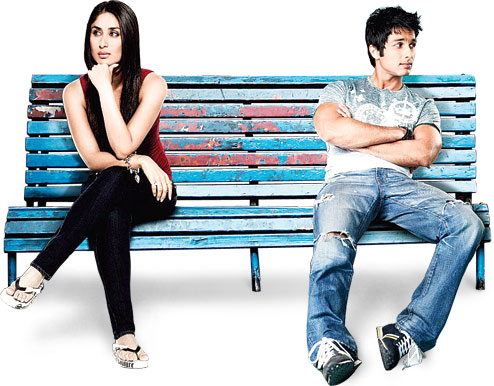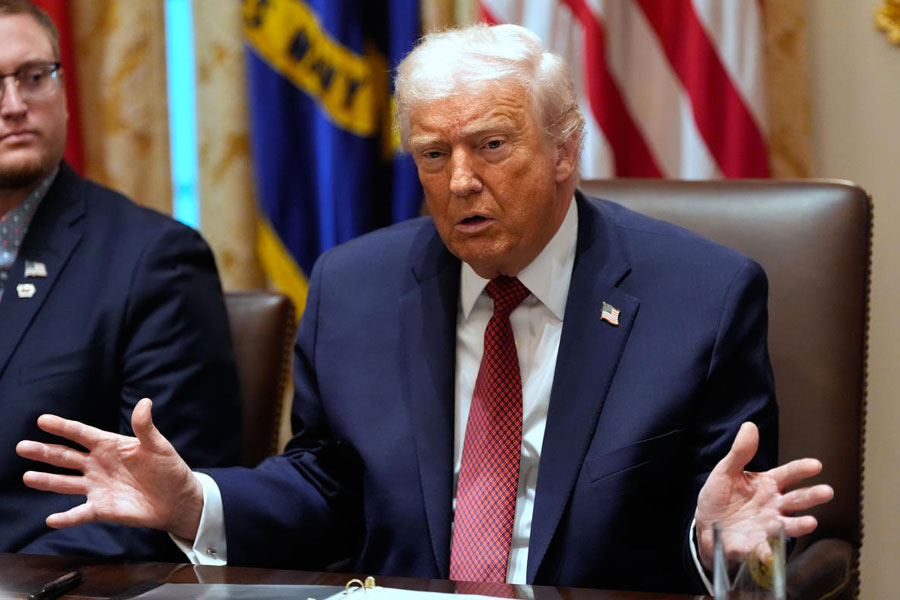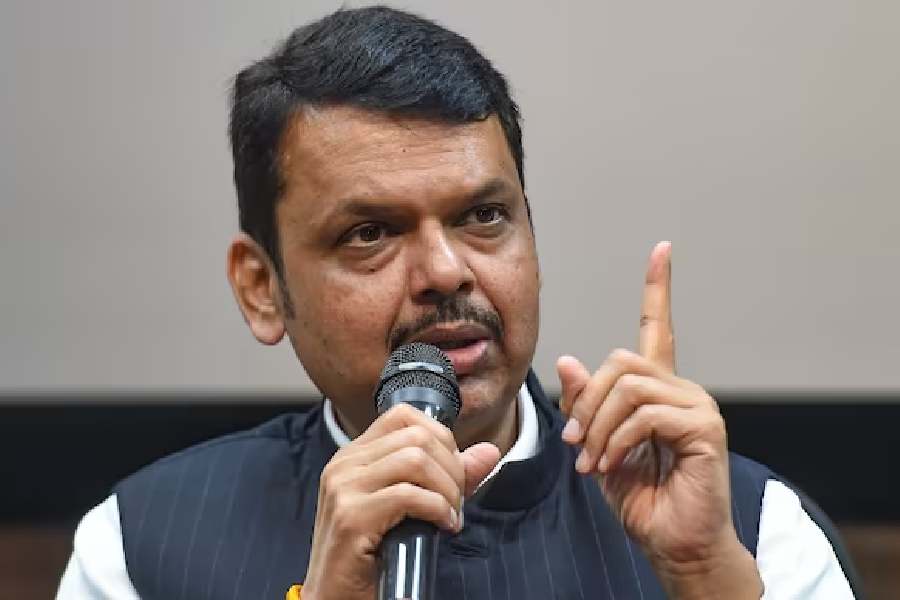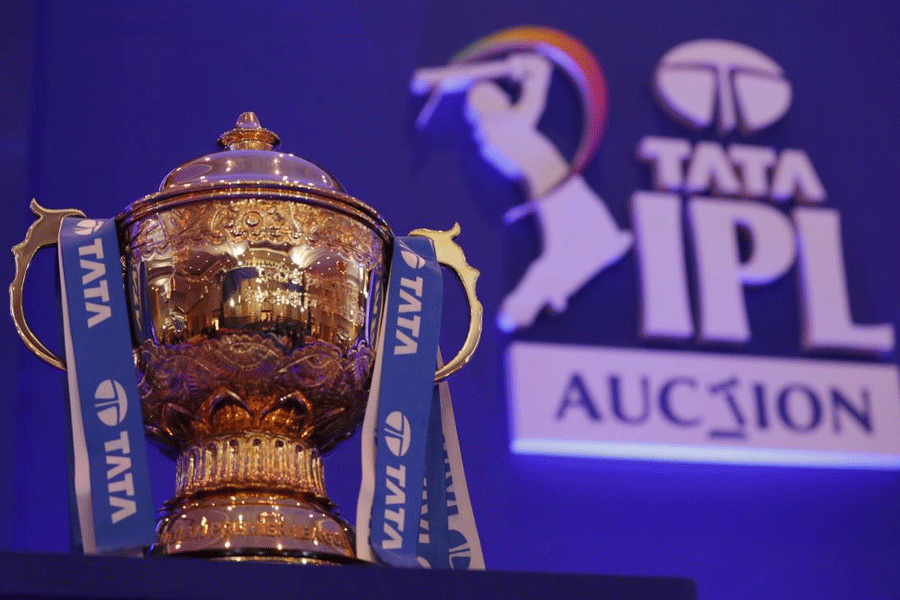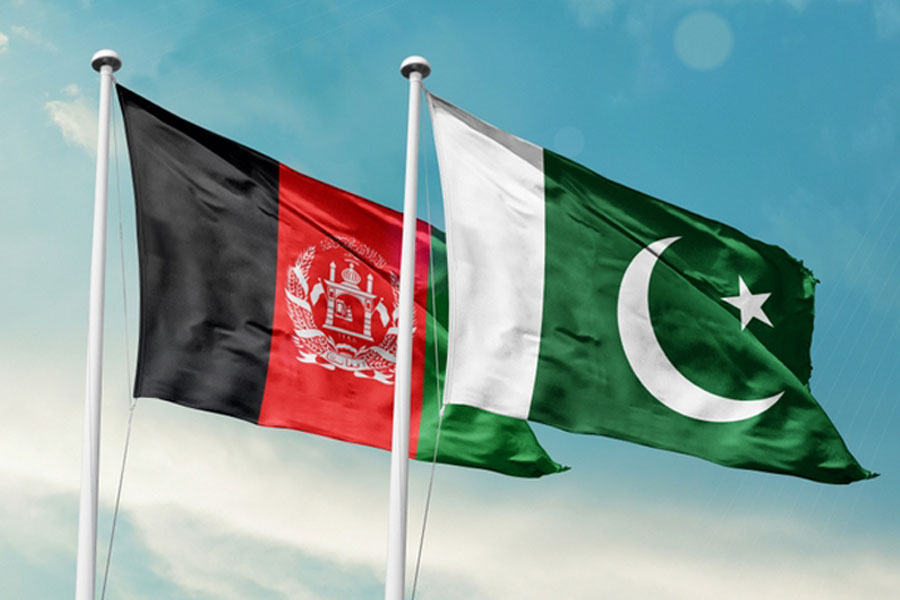 |
 |
| No love lost: Stills from Yeh Jawaani Hai Deewani and Milenge Milenge (top) |
Sometimes when a beautiful actress and a hero with a heart or a director and his mesmerising muse are thrown together, week after week, their love story moves beyond make-believe and turns real. Some couples part and go their own ways, only to come together to complete a pending film or start a new one. And then?
Well, if it’s Deepika Padukone and Ranbir Kapoor, they simply pick up from where they had left off. In the first trailer of their forthcoming film, Yeh Jawaani Hai Deewani, Deepika tells her ex, “If I stay with you another two minutes, I will fall in love with you, again.”
Off screen, however, the actress insists that after trying the “chemistry, biology, physics and maths of being together” Ranbir and she are now “only great friends and co-stars”. So what we see on screen is only “acting”? Sure, but Ranbir admits it’s not tough “acting” like he’s in love when he’s with his once-upon-a-time steady.
The couple wore their hearts on their sleeves when they were dating, greeting each other with a kiss at Bangkok airport during an IIFFA weekend in 2008 and making news. Now they have moved on to other partners. They continue to be comfortable in each other’s company with Deepika still wearing her “RK” tattoo!
Not all ex-lovers are so congenial. Back in the 1950s, Dilip Kumar broke Madhubala’s heart, literally, when he went to court and gave evidence against her in the Naya Daur case at the urging of his filmmaker friend B.R. Chopra. Soon after, the doctors detected a hole in her heart. Battling illness, she returned to complete K. Asif’s Mughal-e-Azam (1960) even though she’d been warned that excitement and exertion could be fatal.
Veteran actor Ajeet reminiscing about the shoot years later marvelled at the love the couple brought to the screen even though away from the camera Salim and Anarkali didn’t exchange a word. “The relationship was very strained and there was a lot of tension on the sets. She kept her pain bottled up and that agony gave intensity to her performance,” he said.
Three decades later, Ayesha Jhulka admitted that “it hurts like hell to work together because feelings don’t die overnight” when she had to wrap up Hum Hain Anadi (1995) with Armaan Kohli whom she’d hoped to marry. Quizzed on whether she’d work with him again, she said, “I’ve no problems, but would he be interested?”
Back in the 50s, Ashok Kumar and Nalini Jaywant acted in nine films — Samadhi (’50), Sangram (’50), Jalpari (’52), Kafila (’52), Nau Samadhi Saloni (’52), Lakeeren (’54), Naaz (’54), Sheroo (’57) and Mr X (’57). But then the duo decided against working together after their feelings spilled over into real life and threatened their marriages. Buzz is that they’d planned to elope to Nepal, charter a plane to London and begin a life together away from prying eyes and wagging tongues. But producer Shashadhar Mukherjee got wind of their plans and persuaded his errant brother-in-law not to do that.
They disappeared from public view for several years after that, returning to film Toofan Mein Pyaar Kahan together in 1966. Despite the tempest in their personal lives, there was no stormy weather on the sets.
Years later, when Ashok Kumar was old and ailing, his reclusive neighbour would often stop by during her evening walk to enquire after his health. But Nalini refused to talk about him to the media. She even refused Ashok Kumar’s daughter Preeti Ganguly an interview when she was making her documentary.
Sometimes silence speaks louder than words. Five years and 12 days after she walked out of her home and 12-year marriage, Meena Kumari reunited with her estranged filmmaker-husband to complete Pakeezah, determined to pay off all her debts before her death. Kamal Amrohi greeted her with a gold guinea and quietly set about repairing the ravages of time and alcohol. When she saw the first print she was teary-eyed as she had never looked more beautiful! Fourteen years after it rolled, Pakeezah was unveiled to the world on February 22, 1972. A month later, on March 31, Good Friday, Meena Kumari bid adieu to the world.
Twenty-one years later, on February 11, 1993, Amrohi followed her to the grave. He was buried next to her. Ego differences kept them apart, Pakeezah brought them together, and death finally united them.
Ghatak (1996) too brought Rajkumar Santoshi’s muse, Meenakshi Sheshadri, back to him. Only one thing had changed since Ghayal (1993). The director, who had publicly proclaimed his love and promised to make a film for the actress every year, had married another.
Meenakshi accepted the change with equilibrium, saying, “I’m happy to be working with Rajkumar Santoshi again.” Ghatak was completed without any drama or melodrama, but the two never made another film. Even Dil Hai Tumhara, Meenakshi’s birthday gift, remained incomplete.
So did Jai Jai Shiv Shankar, the home production Rajesh Khanna had flagged off in ’90 with himself and estranged wife Dimple Kapadia in the lead. The Phenomenon of the 70s had married the 16-year-old heartthrob in a fairytale wedding that had quickly turned ugly.
After a decade and two children, Dimple separated from him in 1982. Eight years later, they reconciled professionally. Financial issues, however, stalled Jai Jai Shiv Shankar, but the warmth it revived remained till the day Kaka breathed his last. They lived apart, but never divorced or made another film.
More recently, Priyanka Chopra and Shahid Kapoor took their love story through three lifetimes of turmoil to a happy-ever-after end in Teri Meri Kahaani (2012) even after their own love story had ended a year ago.
Shahid was not so lucky with another love. Even though he’d been a perfect gentleman after Kareena Kapoor and he split and she moved to Saif Ali Khan, there was no love lost on the sets of Milenge Milenge when the two returned to wrap up the film. Much to producer Boney Kapoor’s disappointment, they refused to promote it together, and his dream of another Jab We Met, ended up as a Jab They Left.
Not all love stories have a happy ending, but the stories continue…

